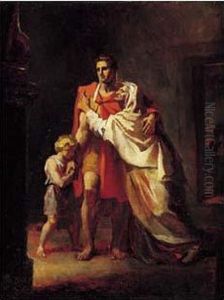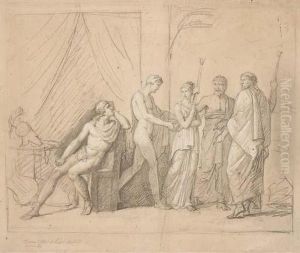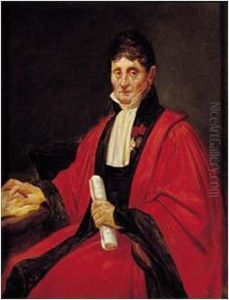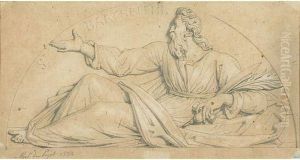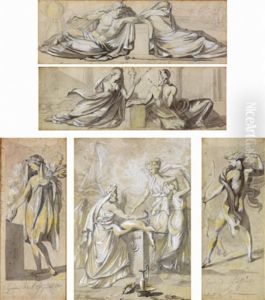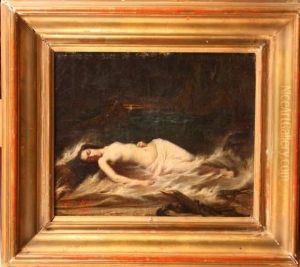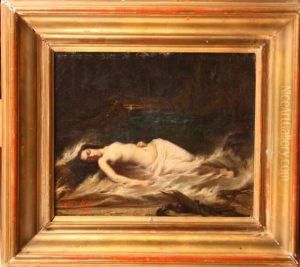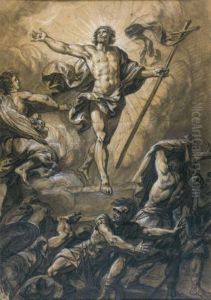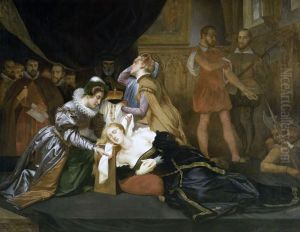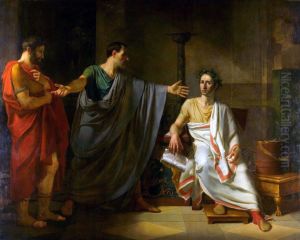Abel De Pujol Paintings
Alexandre-Denis-Abel de Pujol, commonly known as Abel de Pujol, was a French historical and decorative painter born on February 30, 1785, in Valenciennes, France. He was the illegitimate son of the nobleman Alexandre-Denis-Joseph Mortry de Pujol and was later legitimized by his father's marriage to his mother. Abel de Pujol studied under the tutelage of Jacques-Louis David, the preeminent French painter of the Neoclassical period, who had a profound influence on his artistic development.
Abel de Pujol won the prestigious Prix de Rome in 1806, which provided him with the opportunity to study at the French Academy in Rome, housed in the Villa Medici. This experience allowed him to immerse himself in the study of the great Italian masters and further develop his skill in painting. Upon returning to France, he became a respected member of the French Academy and received numerous commissions for large-scale decorative works.
Throughout his career, de Pujol created a number of significant works, many of which were commissioned for important public and private buildings, including churches, palaces, and museums. His style combined the grandeur and idealism of Neoclassicism with a Romantic interest in dramatic narrative and emotion. One of his notable works is the ceiling painting of the Apollo Gallery in the Louvre, which was completed in 1851.
Despite his success and the public recognition he received during his lifetime, Abel de Pujol's reputation declined after his death in 1861. This was due in part to the changing tastes in art, as the Romantic and Neoclassical styles gave way to Realism and Impressionism. Nevertheless, de Pujol's work remains an important part of the history of French art, and his paintings can still be seen in museums and public spaces throughout France.
